
Steve Shimanek
-
Posts
441 -
Joined
-
Last visited
Content Type
Profiles
Forums
Articles
Gallery
Downloads
Events
Posts posted by Steve Shimanek
-
-
I don't know all that much, but my mentor is one if not the best farrier in Hawaii, and i went with him a lot and assisted on many of his visits....it never made sense to me (or him) when vets would cut ligaments to "cure" a horse....most vets are pretty limited in foot care knowledge it seemed.
-
Heat is heat, beat is beat....if i could afford an induction machine, i would be all over it....I started using a charcoal forge, but found that propane was much easier, thus efficient. I would like to have a coal setup also, but due to logistics, have not done so yet. They all have their advantages and disadvantages.
-
Heinrich, i have an A2 (I think) crucible, and the furnace is ready to go; i have access to unlimited scrap, so I probably won't mess with cans due to the low volume for work input and slag. I need to make some forms, and finish making my greensand. For water casting, i just need to make the ring to hold the canvas.
-
You are farther along the curve than i am; i built my furnace over a year ago, and have yet to melt/cast anything yet. There is hope though; i just ordered some junk 90% silver coins and intend to make shibuichi ( a Japanese alloy of copper and silver) very soon. Good work!
-
Trippy scene, great work.
-
Heat and cleanliness were the keys that allowed me to figure out these processes. Too much or not enough of the first, and not enough of the second.
-
Indeed; if it ever had one, it was lost when it was shortened (o suriage). Thanks very much.
-
-
In ancient times in japan, there were habaki made of iron, but since at least around 900 ad they have been made of copper, occasionally solid silver or gold, and sometimes covered with those materials. Tsuba were occasionally made by the swordsmiths, but this was not common, particularly from the later 1500s on. As TP and Pnut state, the various parts were usually made by specialists, even in Japan today. Western people like myself have limited access to these specialists (or the desire to pay for them) and so try to replicate their work, usually with limited success
 I will be making a habaki and putting the sword in shirasaya; i have too many projects at the moment to make a full koshirae for this sword, as i have other koshirae projects ongoing for other swords currently.
I will be making a habaki and putting the sword in shirasaya; i have too many projects at the moment to make a full koshirae for this sword, as i have other koshirae projects ongoing for other swords currently.
-
When I mentioned cannon fodder troops, i was referring to the Sengoku period in Japan in the 1500s; how it came to the US is unknown, but i think it likely it was captured in WW2 and was a GI bringback....as such, it would have been carried by an officer. The Japanese NCO swords were machine made from modern mill steel, not made traditionally as this sword was. Thanks for the comment.
-
I would be in, but alas the plane ticket would prove costly.
-
14 hours ago, Bo T said:
I might be imagining it, but there seems to be a slight 'quench line' above the edge? Especially towards the tip?
Bo T; there is a hamon and boshi (hardened tip and edge) on the sword, but it is difficult to see unless you know what to look for.....most hamon are more obvious, but this one may have faded from excess heat when it was abused by grinding, or never had much visual pop from the beginning when it was made...it is hard to say which.
As to the lack of signature: is is possible that this sword was longer when it was made, and the signature was lost when it was shortened; or, it was never signed at all and was issued out of an armory for the cannon fodder troops; or, there may be a signature hiding under all of the rust.
Thanks for the comments.
-
I do not think it is signed by a maker; either it is obscured by rust, signature was cut off when shortened, or it was never signed... when more rust is removed i will be able to see if there is a signature, but it is doubtful. My guess as to manufacture is posted above and is the best i can do currently.
-
I am reminded of the story of my mentor, who had a traditional master smith come to his shop with only a hammer and chisel, and made every tool they needed for a week starting with that.
-
It is a bit tired and beat up, but deserving of being treated with some dignity and respect; this is the second blade i have I have bought /rescued with the help of the same bladesmith. The other one has turned out much better as the starting condition was not as bad. Being in the Pacific Northwest, he comes across these blades and i am in the right place to acquire them on occasion.
-
Lots of challenges on this blade due to condition and abuse....blade was straightened, proper geometry restored, and brought to the best condition possible. Rescued from the fate of being turned into a tanto or cut up and restacked by the previous owner, and being used to cut brush by the owner before that. Seems to be a Sue Bizen kazuuchimono mass produced blade from the mid 1500s.
Last 2 photos....
-
That looks like it hits well, with a decent rate; is there a way to secure it better so it doesn't vibrate from the cam action, and have the ram in the up position when you start? Good job.
-
welcome aboard!
-
-
I recently bought this from another blade smith, who took it in trade for some blade work. He said it had been used for brush cutting by the person he got it from (not the best use obviously.) The photos show a lot of problem areas, not the least of which was the amateur grinding to "sharpen" it; 2 major delaminations near the sharp edge, 6 or 7 major bends, reduced point area, etc. The shape pointed to a potentially old sword, so i took a gamble on it, though i didn't pay much for it. After a couple of sessions with the roughest traditional water stone, I believe it to be an older traditionally made blade. The first photos are from the seller, as it arrived; i will post additional photos as the work progresses. Nihonto are a specialized area; i do not recommend just anyone to try their hand at restoration.
-
Nailed it, well done.
-
Nice job; i was in Auckland in September and asked around regarding smiths in the area....too bad i was unable to check out your shop. If ever in American Samoa, stop by.
-
I think the head weight is the most significant thing to consider; if the handle is so heavy it matters, i would take it to the belt grinder; most of my handles get modified anyway.
-
I followed up the fab table clean up with making brackets from some road found iron, mounted to the wall above head height, with a scaffold platform for the shelf, and got a bunch of 5 gallon buckets full of stuff off the floor.....this organizing bug is getting to me. Working on a design for a vertical rack to hold Japanese naginata for a prospective client.

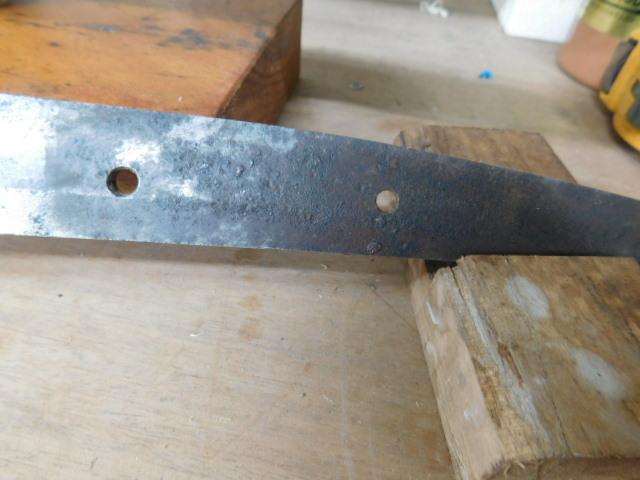
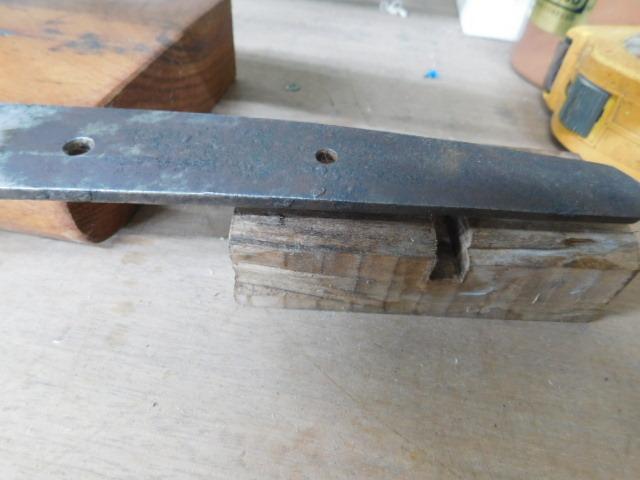
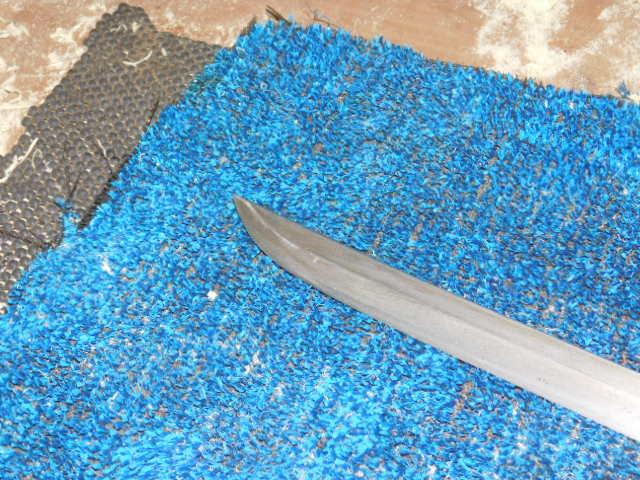
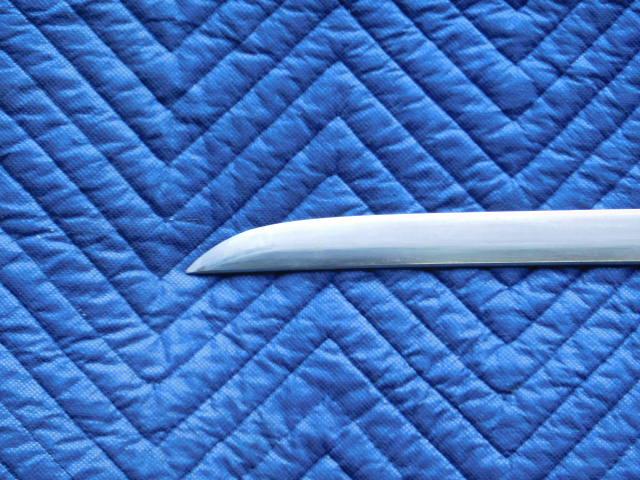

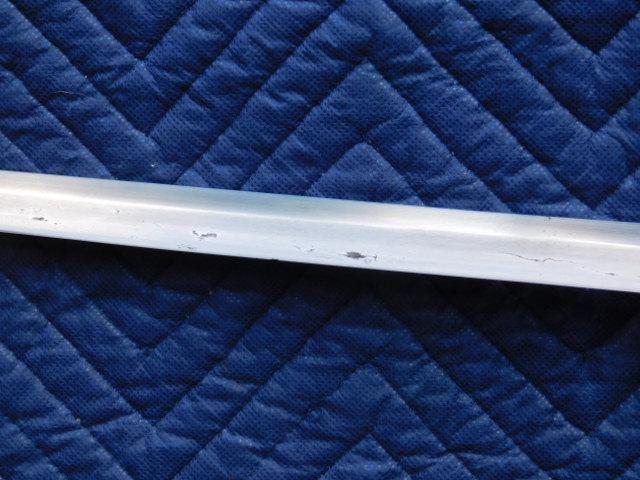

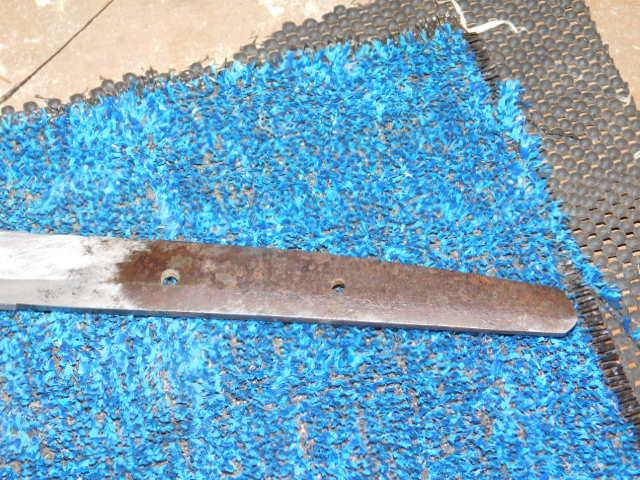
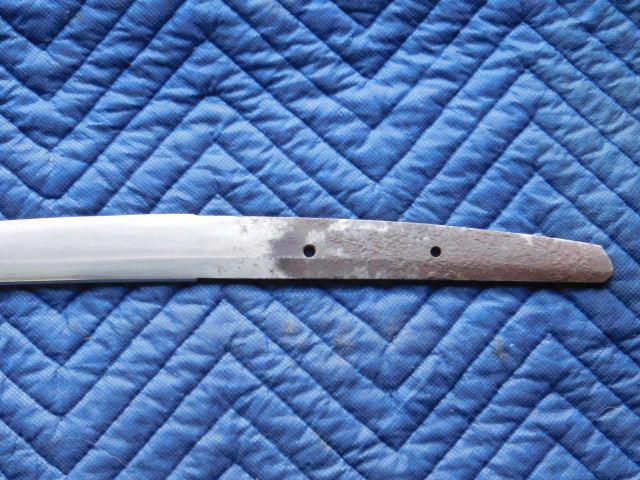

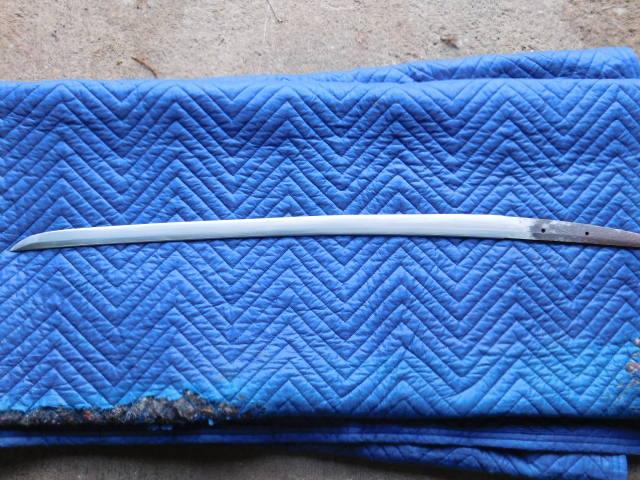
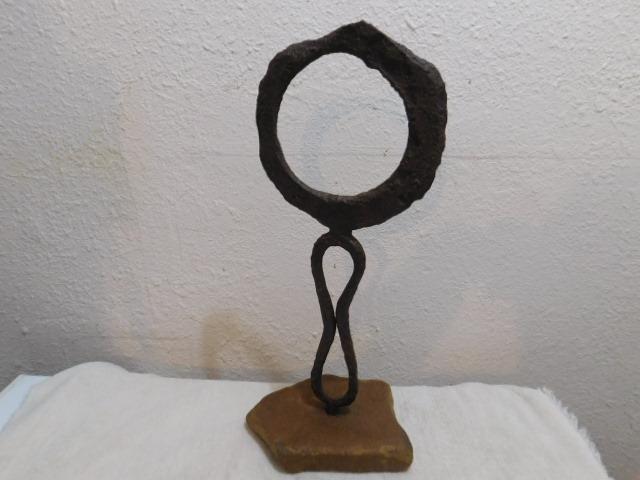
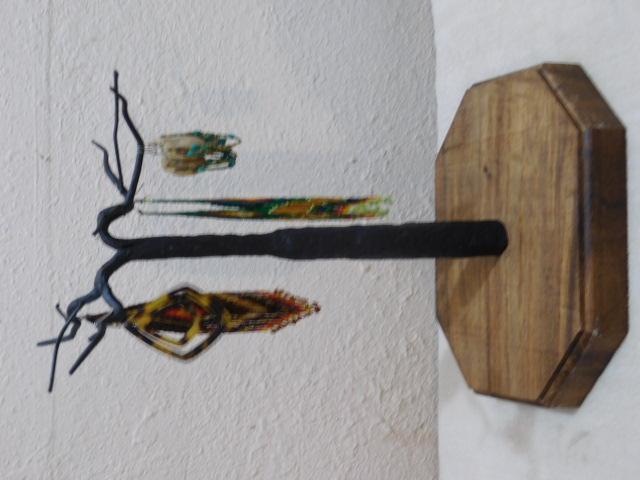
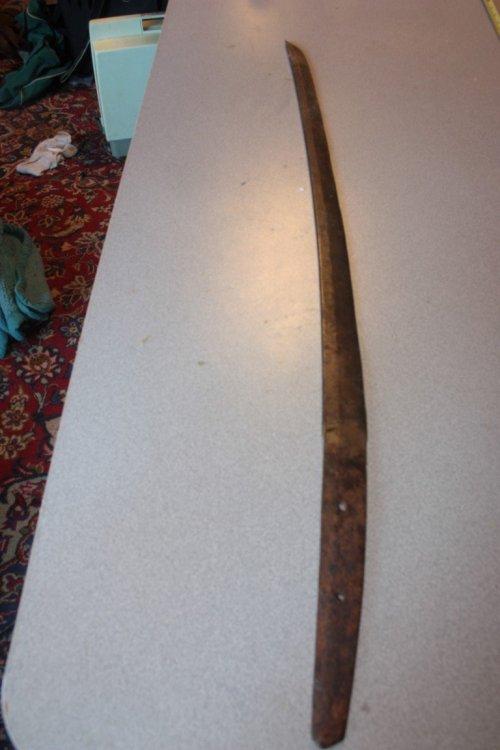
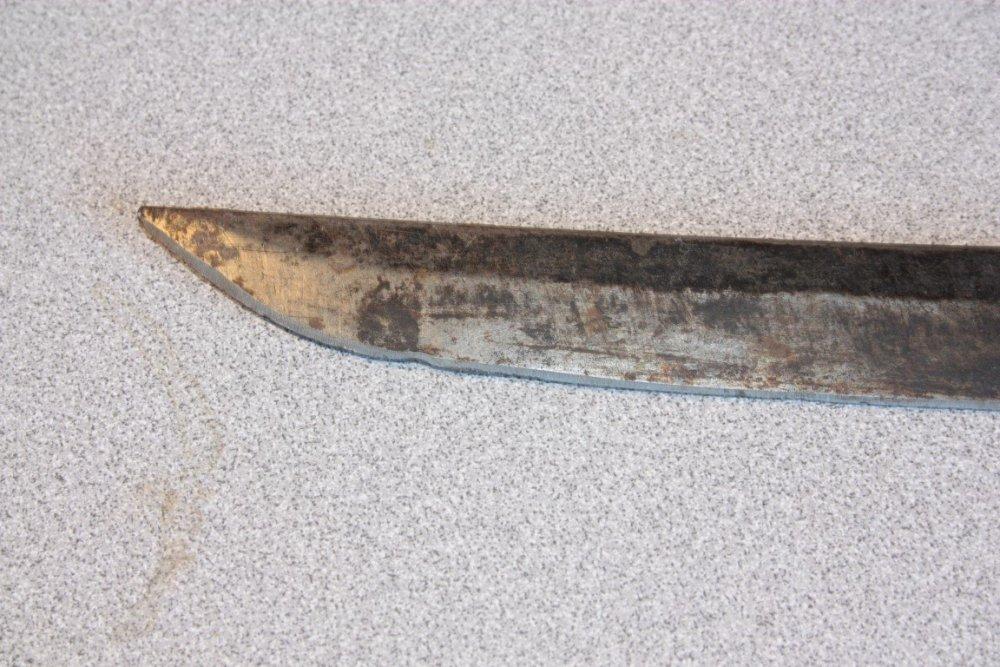
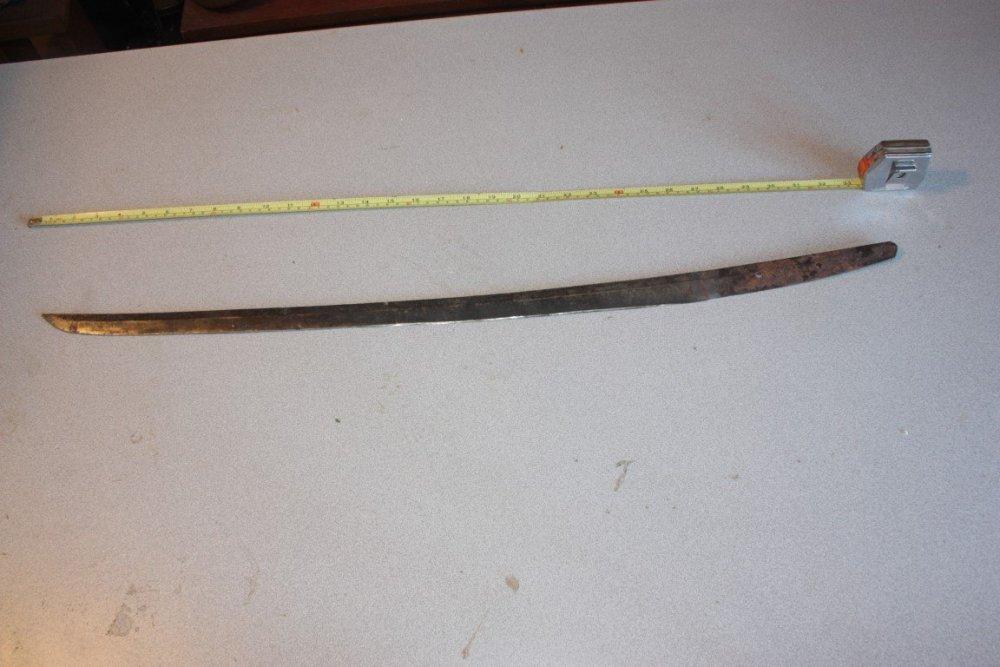
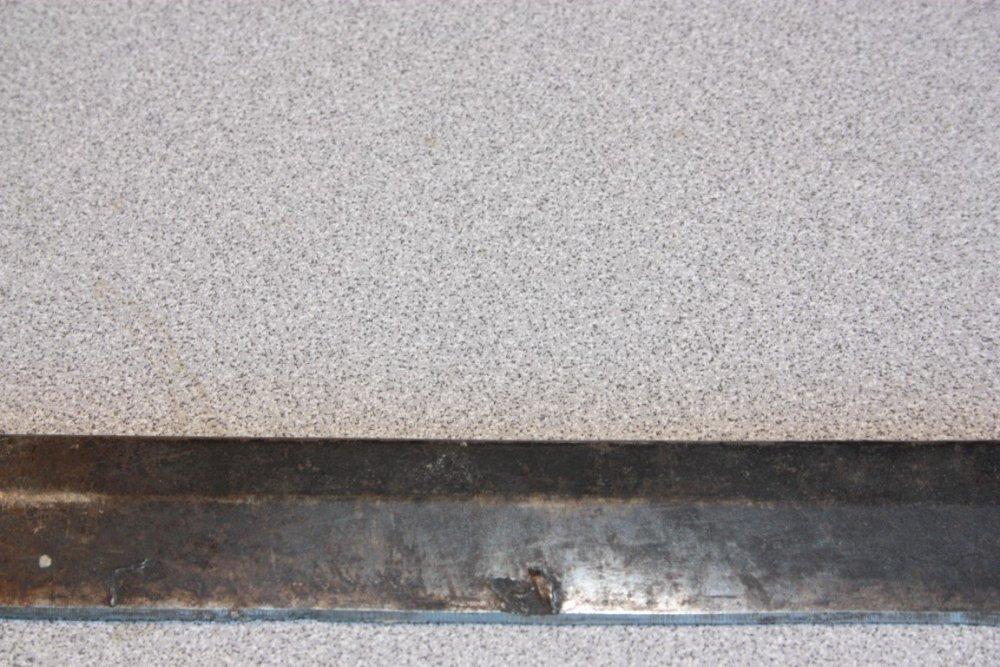


Bleeding for Laminitis
in Farriers and Horse stuff
Posted
And then there are cowboy "horse shoer s".....
s".....